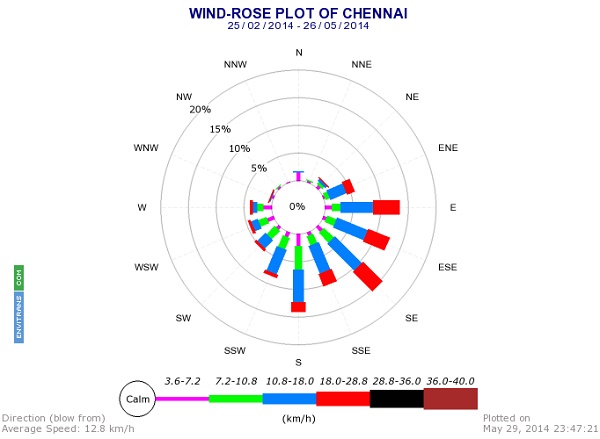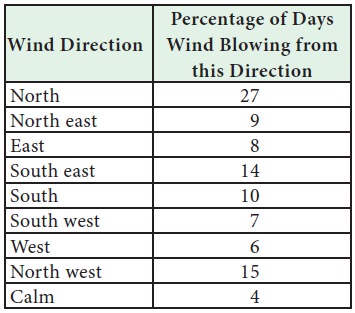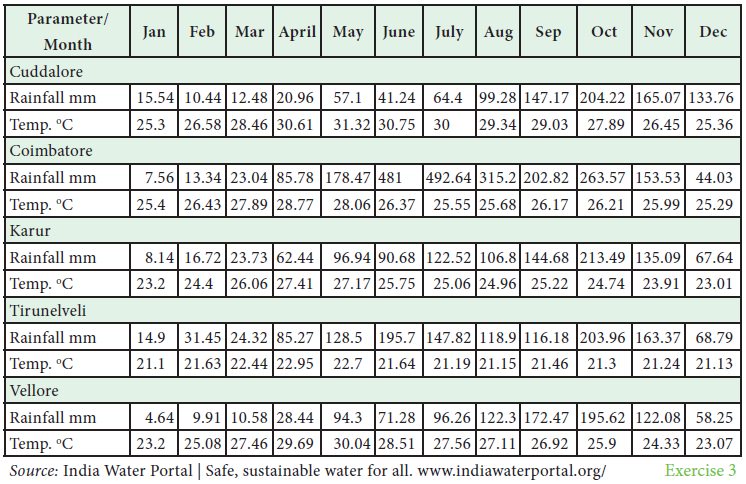

Maybe your building has a very exposed west wall? Anyway, you would see then that the most common winds are in the range 7-11 km/hr (green line), followed by 11-16 km/hr (purple), then 4-7 km/hr (red), then 0-4 km/hr (blue), and so-on.

You could also look at a particular wind direction, for example for winds from the west. You see that there is a peak in winds with a speed of 7-11 km/hr to the north, another to the E, and also a lot of 7-11 km/hr winds between WNW and SSE. Now, follow it clockwise around the plot. To use the wind rose, you can start by looking at winds of a certain speed range, for example the pale green series. The distance from the center of the rose gives the frequency of winds in each wind direction sector this is why the north axis has a number on it that increases from 0 to 4000 this is the number of records.In this plot the bins are 22.5°, which corresponds to 16 subdivisions of the compass rose. Winds are shown in small sectors of wind direction.The different coloured lines are for the different wind speed ranges, measured in kilometers per hour.This makes it much easier to take in the results. For example, a recorded wind speed and direction of 12.6 km/hr from 92° will be placed into the 11-16 km/hr wind speed range, and W direction range. The data have been placed ('binned') into wind speed ranges, and direction ranges.



 0 kommentar(er)
0 kommentar(er)
